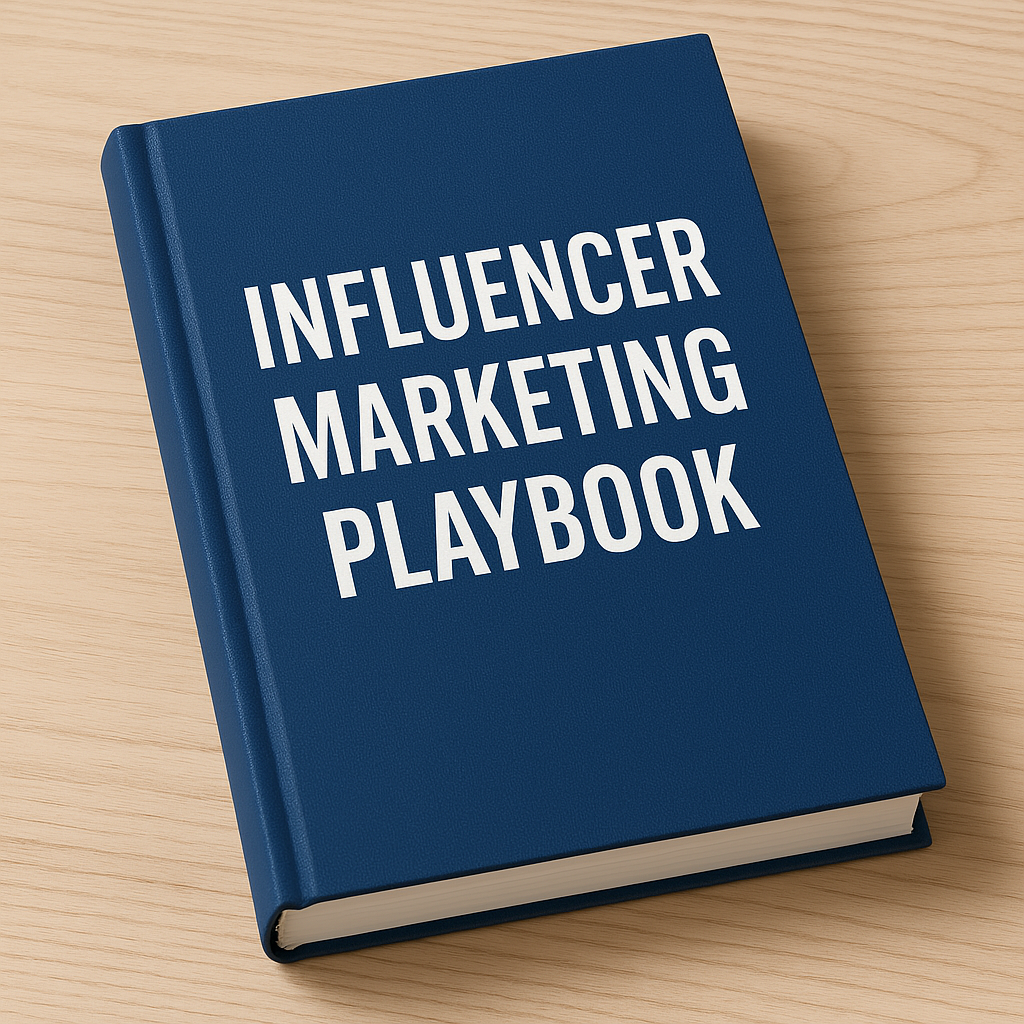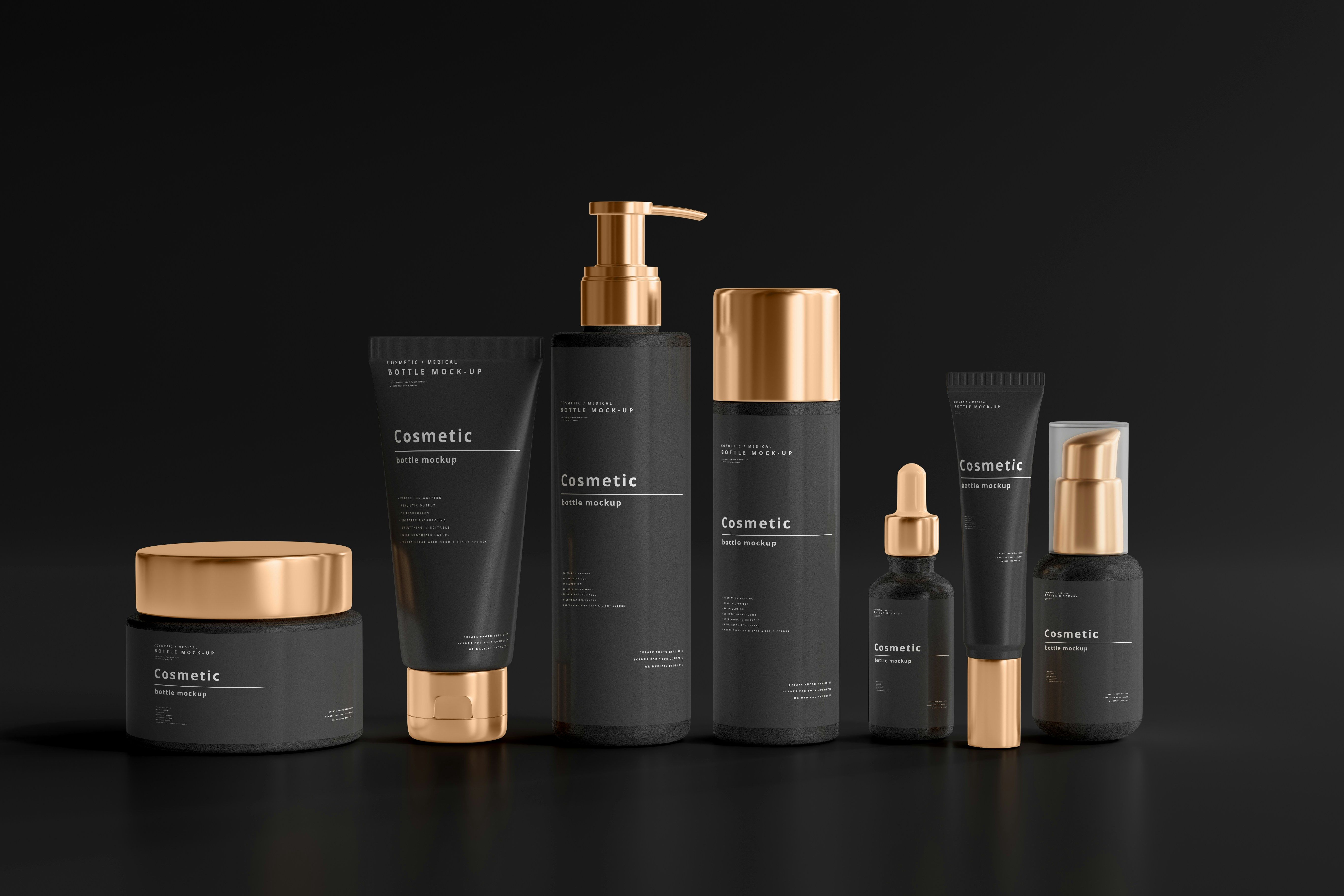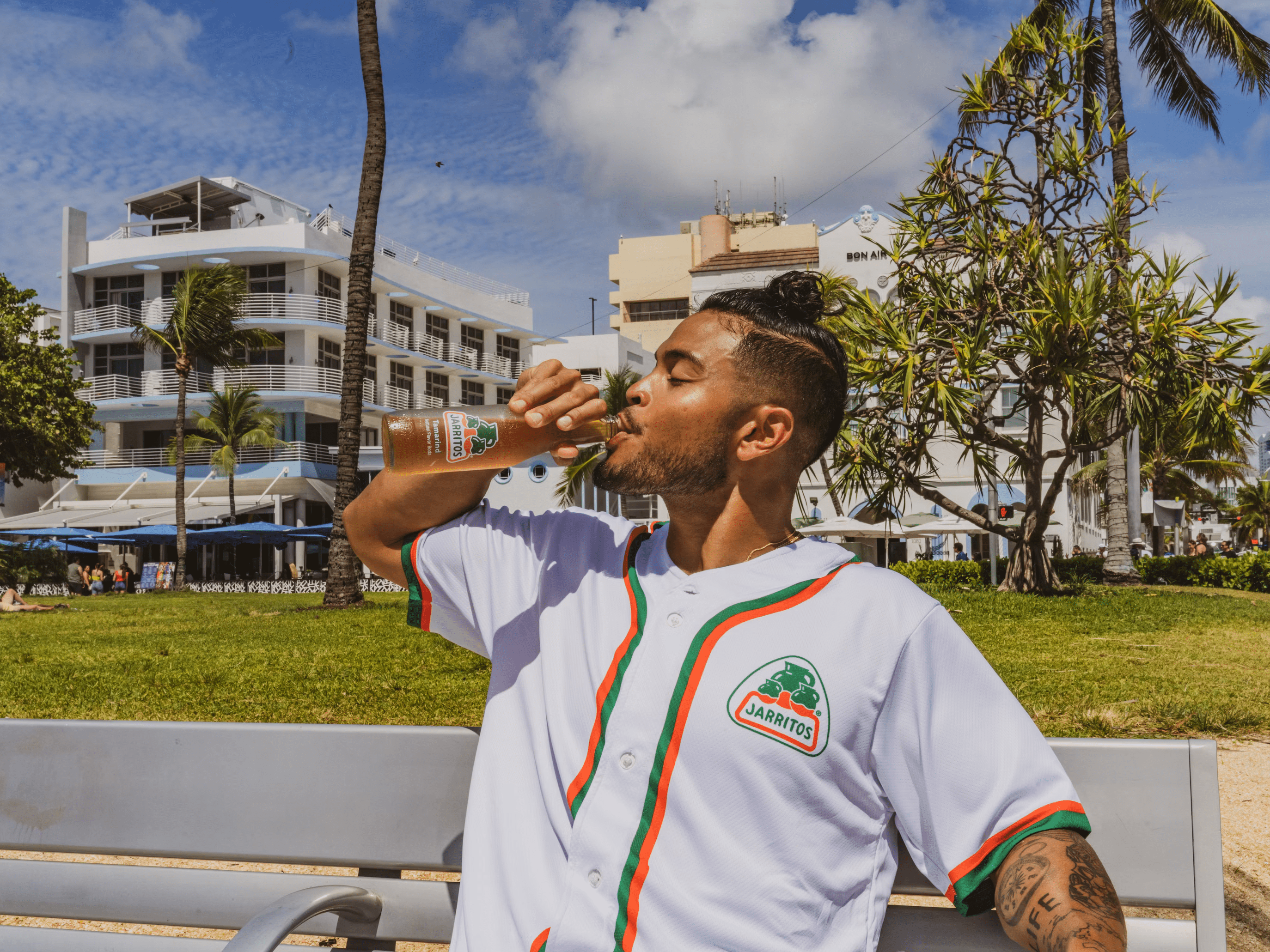Introduction
Do you know that you are losing the largest growth potential available if you are creating a beauty business in 2025 and you are not leveraging influencer marketing?
Social media has fundamentally changed the way one finds, evaluates, purchases cosmetic goods. From GRWM routines to skincare makeovers, the dialogue is happening on creators' feeds. Not found in conventional ads.
There is something you should consider when we discuss brand development. We are not only addressing acquiring followers. It's about being visible, fronting the correct audience, and generating actual sales. And influencer marketing impacts all those benchmarks.
Here’s a stat that might surprise you:
A recent survey found that approximately 83% of Gen Z women purchased beauty products online based on content creator recommendations. That’s influence, and it’s where your next wave of customers is hanging out. (Statista)
Industry snapshot: Influencer marketing in beauty
The beauty industry is massive, and it’s only growing. In 2023, the global beauty market’s retail sales grew to $446 billion, marking a 10% increase from the previous year. (McKinsey)
Social platforms are where product discovery truly happens. And our latest Influencer Marketing Report confirms it. A growing number of consumers turn to TikTok and Instagram to find new beauty products, relying on creators for authentic reviews, tutorials, and first impressions.
According to the data, campaigns run through platforms like Social Cat are driving measurable results. Especially for beauty brands. Influencer marketing continues to be one of the most cost-effective channels for growth, with brands regularly achieving a strong ROI when partnering with micro and nano creators who speak directly to niche audiences.
Engagement rates vary by platform and creator size, but here’s what we typically see in the beauty space:
• TikTok: 3.5–6.5%
• Instagram: 1.8–3.5%
The best-performing content? It’s real, relatable, and visual. GRWM videos, skincare routines, unboxings, and before-and-after transformations consistently outperform polished brand ads, because they feel personal, not promotional.
Industry trends
Beauty marketing in 2025 is shaped by a few key movements: sustainability, transparency, ingredient education, and the rise of creator-led brands. More consumers are looking for values-aligned products and creators who stand for something more than surface-level promotion.
Don’t follow the trend. Follow the audience. Build influencer strategies around where your customers are going, not just what’s trending this week.
Why influencer marketing works for beauty brands
Beauty is an emotional industry.
It’s about confidence, identity, and how people feel in their own skin. That’s why traditional advertising often falls flat, because it doesn’t reflect the way people actually talk about beauty. Influencers, on the other hand, do exactly that.
Gen Z and Millennials make up the majority of beauty consumers right now, and they trust people over polished ads. They want real opinions, visible results, and products that solve a problem they care about. When an influencer shows their skin journey or explains how they apply a product, it feels more like a friend’s recommendation than a sales pitch.
TikTok tends to outperform when it comes to raw, relatable content, especially for skincare and honest product reviews. Instagram still dominates in aspirational aesthetics, beauty tutorials, and polished storytelling. A smart brand will tap into both depending on the message and the goal.
How to craft a successful influencer campaign in beauty
A great campaign doesn’t start with a product. By now, your product your product should be in a good position.
However, a campaign starts with a plan. Success in influencer marketing depends on aligning your creative, your collaborators, and your goals from the very beginning.
1. Set clear goals
Every campaign should begin with a purpose. Are you building awareness for a new product? Looking to drive website traffic? Collecting UGC? Once you know the goal, choose KPIs that match. For example, use engagement rate (if you don't know how to calculate engagement rate, check our Instagram engagement calculator) for brand awareness and conversions or CPA for sales campaigns.
2. Choose the right influencers
The right fit matters more than follower count. Look for creators who share your values and speak to your ideal customer. Micro and nano influencers often drive deeper engagement because they feel more approachable and trustworthy.
3. Build a strong brief
A good brief includes the “what” and the “why”: What kind of content you’re looking for, what’s important to highlight, and why it matters. But don’t over-script. Give creators enough freedom to make it feel natural to their audience.
4. Plan distribution & repurposing
Influencer content doesn’t need to live on social media alone. With the right usage rights in place, you can repurpose high-performing posts across your ads, website, email campaigns, or even in-store displays.
5. Track, learn, and iterate
Always measure performance as you go. Take note of what types of content, creators, or posting times delivered the best results. The more you learn, the better your next campaign will be.
Treat influencer marketing as an ongoing strategy, not a one-time experiment. Relationships, not transactions, will build the most impact over time.

How to build an influencer strategy playbook
Different stages of growth require different influencer approaches. Here’s how to align your strategy with where your brand is:
1. Gifting & product seeding
Great for brand awareness and collecting early UGC. Send products to a curated list of creators and let their organic reactions do the talking.
2. Themed campaigns & storytelling
Perfect for brand positioning. Tie product drops or seasonal moments to larger themes like self-care, skin positivity, or inclusivity.
3. Ambassador & affiliate programs
For ongoing sales and customer loyalty. Set up commissions or perks for creators who drive consistent traffic and purchases.
4. UGC collection & community engagement
Lean into customer content to build social proof. Share their posts, highlight their results, and create space for your audience to participate in the brand.
5. Co-creation or capsule drops
Take it a step further with creator collabs with limited edition shades, bundles, or entire product lines that come with a built-in fan base.
6. Educational / Explainer content
Especially useful for skincare or treatment products. Work with creators who can break down ingredients and product benefits in an engaging way.
Launch = UGC + gifting. Growth = paid collabs + affiliates. Expansion = storytelling + co-creation. Match your strategy to your moment.
Measuring success
Influencer marketing might feel less straightforward to measure than paid ads, but with the right tools and goals in place, it’s one of the most transparent and insightful channels you can work with.
1. Core metrics to track
Start by tying your metrics directly to your campaign goal. For brand awareness, look at reach and impressions. For engagement, track likes, comments, saves, and shares. And for sales-focused campaigns, focus on conversion rate, CPA (cost per acquisition), and affiliate revenue.
It’s also important to consider qualitative metrics. The quality of UGC, how people are talking about your brand, and the tone of comments or DMs can give you a strong sense of how your brand is perceived. Something data alone won’t always show.
2. Recommended tools
You don’t need a fancy dashboard to get started, but it helps to have a few tools in your corner. Platform analytics like Instagram Insights and TikTok Creator Center are great for quick metrics.
Use UTM tracking links or affiliate platforms like Refersion to attribute clicks and conversions. If you’re running more campaigns, tools like Aspire or The Social Cat make managing creators and collecting data a whole lot easier.
Match your metrics to your goals. If you want reach, don’t obsess over likes. If you’re aiming for conversions, don’t judge success by how many people saved a post. Choose what matters, then measure that.
How does influencer marketing compare to other channels
Influencer marketing fills a unique gap that paid ads, SEO, and email can’t. It combines reach with trust, creativity with authenticity. While paid ads can feel repetitive or staged, influencer content often feels organic and relatable. Plus, the added benefit of repurposing influencer content in other channels, like paid ads or emails and extends the value far beyond a single post.
Common mistakes to avoid in beauty influencer marketing
Most influencer campaigns that fail have a few things in common. And! they’re almost always preventable.
1. Wrong influencer fit
Just because someone looks good on camera doesn’t mean they’re right for your brand. If their audience doesn’t align with your product or values, the content won’t resonate, and it won’t convert.
2. No clear brief
Vague instructions lead to vague results. On the flip side, over-scripting can kill creativity. The best briefs are clear but flexible, giving the creator structure and freedom to make the content their own.
3. Overlooking content rights
If you don’t negotiate usage rights upfront, you might not be able to reuse that amazing TikTok in your next ad. Don’t skip this step! It’s one of the most valuable parts of the collaboration.
4. Not tracking performance
It’s easy to focus on the content and forget the data. But without tracking, you can’t optimize. Always follow through on performance, even for small campaigns.
Success comes down to three things: the right partner, the right brief, and the right follow-through. Skip any one of those, and even a good product can underperform.
Ethics in beauty influencer marketing
Beauty brands hold a lot of influence. That comes with responsibility.
From diversity in casting to honesty in product claims, brands are expected to be transparent and inclusive (and rightly so). Audiences are more aware than ever. Misleading promises, greenwashing, or a lack of representation can do more damage than silence.
Partner with creators who reflect your values. Pay fairly. Be inclusive in age, skin tone, gender identity, and more. And always require clear sponsorship disclosures as transparency builds trust.
Think long-term. Brands that prioritize ethics today build loyalty that lasts. Don’t just tell a good story. Live it through your campaigns, your partners, and your product.
The future of influencer marketing in beauty
Beauty and influencer marketing are evolving together. What started as product placements has now become full-on brand partnerships, with creators launching product lines, founding their own companies, and taking on equity deals.
Expect more creator-led brands, more community-first content, and more micro-influencers leading the way. TikTok Shop and livestream commerce are making it easier than ever to discover and buy in the same swipe, and the rise of AI influencers may soon challenge what “authenticity” means.
But the core principle stays the same: people trust people. That’s not changing anytime soon.
Conclusion
Influencer marketing is no longer a trend, it’s a core growth channel for beauty brands. It helps you get discovered, builds credibility with your ideal audience, and generates the kind of content you can use across every part of your business.
The brands winning today aren’t just sending PR boxes, they’re building real relationships, respecting creators’ voices, and staying aligned with what their audience actually wants to see.
So whether you’re just starting out or scaling up, now’s the time to lean into creator partnerships, test your strategy, and build something bigger than a single campaign. Make sure you visit Social Cat.
Your next customer isn’t looking at an ad, they’re watching their favorite creator. Make sure you’re part of the scroll.
Table of content
- Introduction
- Industry snapshot: Influencer marketing in beauty
- Why influencer marketing works for beauty brands
- How to craft a successful influencer campaign in beauty
- How to build an influencer strategy playbook
- Measuring success
- How does influencer marketing compare to other channels
- Common mistakes to avoid in beauty influencer marketing
- Ethics in beauty influencer marketing
- The future of influencer marketing in beauty
- Conclusion
Looking for influencers?
Table of content
- Introduction
- Industry snapshot: Influencer marketing in beauty
- Why influencer marketing works for beauty brands
- How to craft a successful influencer campaign in beauty
- How to build an influencer strategy playbook
- Measuring success
- How does influencer marketing compare to other channels
- Common mistakes to avoid in beauty influencer marketing
- Ethics in beauty influencer marketing
- The future of influencer marketing in beauty
- Conclusion

About Stefan A.
Stefan is a Growth Marketer turned founder with a background in customer acquisition, Influencer Marketing, and early-stage startups. At Social Cat, Stefan drives day-to-day operations and growth, helping small brands connect with the right influencers to scale their reach and impact.









